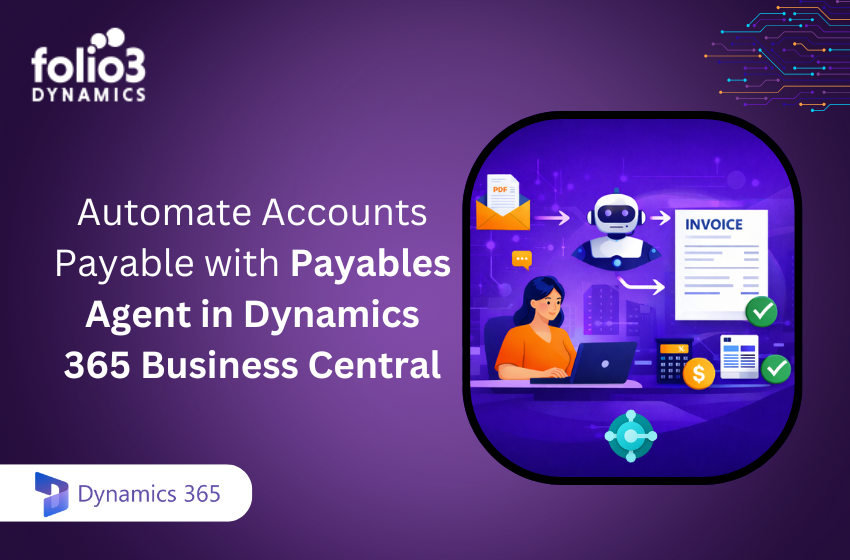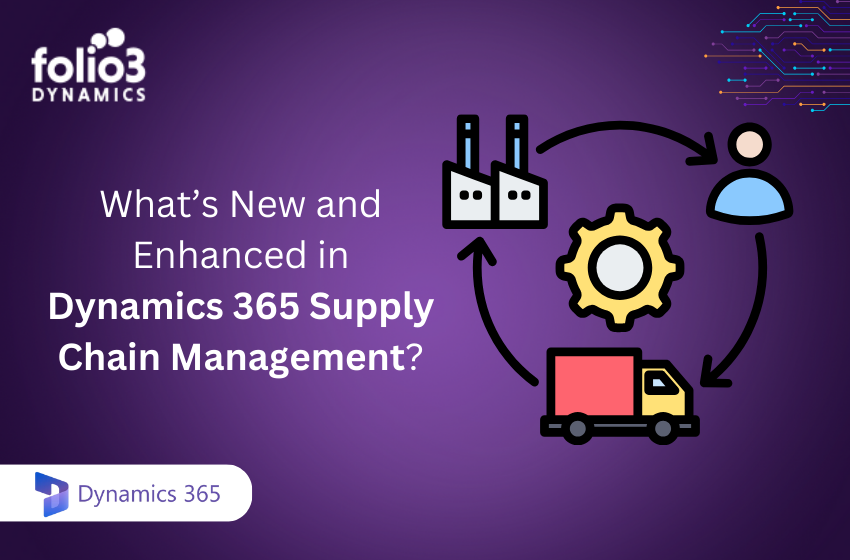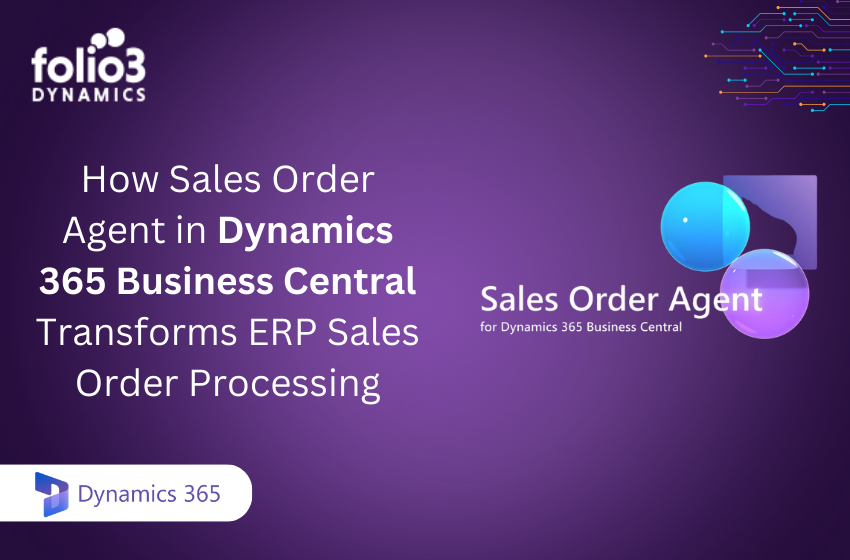Microsoft Dynamics Retail Management System – RMS
Microsoft Dynamics Retail Management System (RMS) is a complete point-of-sale (POS) solution that automates POS processes and store operations, provides centralized control for multi-store retailers, and integrates with several other popular financial software programs.
Small and mid-market retailers have access to a complete point of sale (POS) solution with Dynamics RMS (Retail Management System), which can be customized to meet specific retail needs. This robust software suite interacts with Microsoft Office system products, Microsoft Dynamics GP, and other well-known programmers, automates POS procedures and shop operations, and offers centralized management for multi-store merchants. Built on a tried-and-true Microsoft platform, Microsoft Dynamics Retail Management System can change and adapt to the specific needs of the retail industry.
Microsoft Dynamics Retail Management System – Headquarters
At the corporate office of a chain of stores, Microsoft Dynamics Retail Management System Headquarters allows the management to import and consolidate inventory, sales, and purchase order data from throughout their whole business. It provides reporting, communication, and performance analysis across the entire organization.
Microsoft Dynamics Retail Management System – Store Operations
The primary tool for processing transactions, keeping track of inventory, and maintaining customer information in Microsoft Dynamics Retail Management System Store Operations. Popular accounting programs like Microsoft Dynamics GP and QuickBooks are integrated with this system. Additionally, it supports open standards that enable exporting and importing for all Windows versions.
Dynamics RMS Inventory Control and Tracking
Centralize inventory management and tracking for each store and the entire company.
For each item at each shop, Microsoft Dynamics Retail Management System provides complete information on the quantity in stock, reorder points, and restock levels, and then makes this information available to the home office.
Microsoft Dynamics RMS can activate inventory replenishment at the home office for any set of stores since some stores may have a uniform or dissimilar stocks.
To ensure consistent stock identification, manage all item attributes and properties, including item kinds, departments, categories, suppliers, aliases, parent connections, and more, from a single location.
According to local rules, sales taxes can be programmed separately for each store or group of stores.
By controlling stock transfers between stores with an inter-store quantity check tool, which allows each store to monitor the inventory levels at all stores, you may encourage inventory balancing.
Updated item quantities and dynamic item characteristics (such as store charges and prices) Microsoft dynamic RMS automatically update to reflect their new value at the specified store on each scheduled connection to Microsoft Dynamics RMS.
Item costs can be transferred to Microsoft dynamics RMS headquarters when cost information changes at the store level, ensuring accurate chain-wide item cost reports based on the weighted average.
Dynamics RMS Purchasing
Create POs based on the requirement for replenishment across all stores. You have the option of placing orders for several stores or regions and shipping them either straight to the stores themselves or to a single warehouse for later distribution.
Create POs on an automatic basis for certain items, based on the quantity sold over a specific period, or for items that are not stocked enough in all stores or a specific store.
For all stores, centralize supplier list management.
Inventory transfers between stores can be started from either the corporate office or specific stores.
When the store receives POs, the data is automatically uploaded on the subsequent scheduled connection to Microsoft Dynamics RMS.
Choose a distribution location—a shop or a warehouse—as the place to receive all of the goods.
Dynamics RMS Pricing, Sales And Promotions
The corporate headquarters can modify and download updated item pricing to particular retailers.
At particular stores or the entire company, specific items can be placed on sale.
For “Buy X, Get Y” promotions as well as for items, categories, or departments, as well as for fixed-price and percentage discounts, special pricing can be set up and then distributed to stores.
Price modifications might be configured to go into effect right away or for a certain amount of time.
Dynamics RMS Sales and Order Tracking
Microsoft Dynamics RMS keeps meticulous records of every transaction that takes place along the chain.
Create thorough sales and profit evaluations, sales, commissions, and tax reports without difficulty.
From the Microsoft Dynamics RMS Manager, you can see the electronic receipts produced at each store.
OLAP and tailored data warehousing are made possible by comprehensive data collecting.
Dynamics RMS Reporting
Get quick, convenient access to a range of insightful data.
Consolidated reports break down sales by retail location, item, department, category, customer, or taxes. They also highlight slow-moving merchandise and indicate sales for any given day.
Reports can be printed, exported to programs like Microsoft Excel, or seen in a screen preview.
- Customer Reporting includes
- Global Customer List
- Local Customer List
- Accounts Receivable–Summary
- Accounts Receivable–Detailed
- Summary Of Daily Sales Reports
- Summary Tax Collected
- Detailed Sales
- Detailed Tax Collected
- Top Performers Reports
- Regional Sales
- Department Cost/Sales
- Commission
- Items reports include:
- Department/Category list
- Master Price List
- Master Quantity List
- Supplier List
- Item Movement
- Quotes-Orders Reporting includes
- Backorders-summary
- Backorders-detailed
- Quotes-Summary
- Quotes-Detailed
- Purchase Orders
- Inventory Transfer In
- Customer Management and Marketing
Every customer who has ever purchased from one of your stores has a complete profile kept up to date by Microsoft Dynamics RMS headquarters.
Demographics, preferences, purchase or trouble history, account balance, and credit information are all examples of customer information.
For on-account customers, printing monthly billing bills is simple.
Allow clients to use the remote payment tool to pay their entire enterprise balance in one location.
Buying patterns, frequency of shopping, and purchases across the chain
Utilize precise database marketing and relationship selling to reach out to specific customers via tailored applications.
The Microsoft SQL Server database allows for the export of all data to apps like CRM and ERP.
Dynamics RMS Employee Management
Keep an eye on the sales representatives’ schedules, hours, and registers.
Upload attendance records so that the head office can calculate labor expenditures and hours worked.
Based on sales transactions and commission structures found in colleagues’ profiles, centrally calculate sales commissions.
Conclusion
However, Microsoft Dynamics Retail Management System support is ending soon, which means you should start making preparations for a switch to new POS software. So, you have to be considerate about RMS substitutes and your plans for the Microsoft RMS transition.




